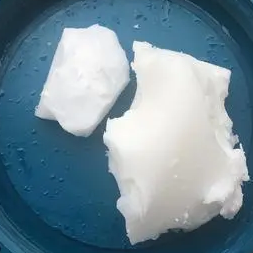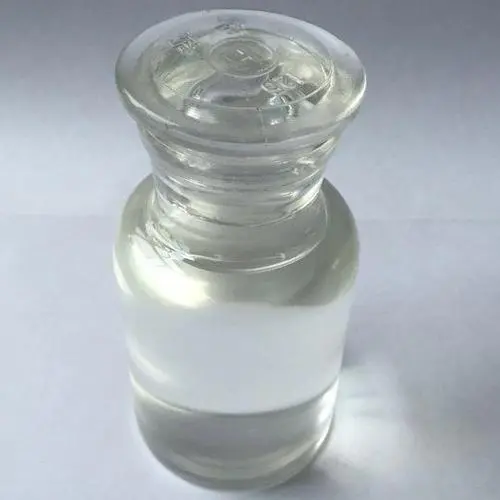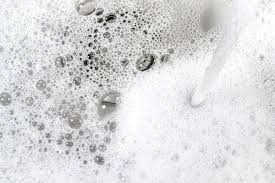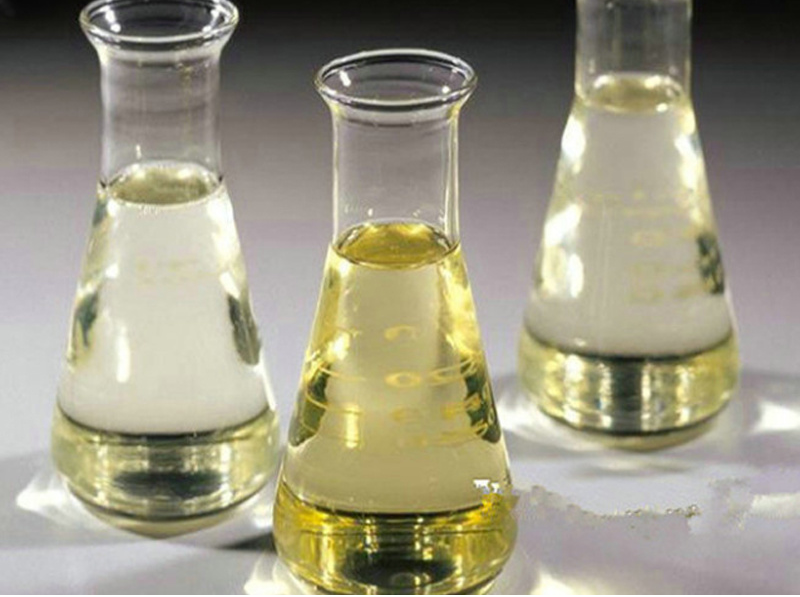**What’s the Tiny Magic in Soap Bubbles? Surfactants Explained!**
(What Is The Purpose Of Surfactant)
Picture a kid blowing soap bubbles. Those shiny, floating spheres don’t just happen. Something invisible is working hard to create them. That “something” is surfactant. You’ve probably never heard the word, but surfactants are everywhere. They’re in soap, shampoo, lotion, even your lungs. Let’s break down why these tiny molecules are such big deals.
Surfactants are like referees for liquids that hate each other. Take oil and water. They refuse to mix. Pour oil into water, it just floats. Add surfactant, and things change. Surfactant molecules have two ends. One end loves water. The other end loves oil. They stand between oil and water, holding hands with both. Suddenly, oil and water stop fighting. They mix. This is why dish soap cleans greasy pans. Without surfactants, leftover pizza grease would stay stuck forever.
Surfactants also make bubbles possible. Water alone can’t form stable bubbles. Its surface tension—the force holding water molecules together—is too strong. Surfactants step in. They loosen that tension. Now, when you blow air into soapy water, the surfactant molecules arrange themselves. Their water-loving ends face out. Their oil-loving ends face in. This creates a thin, stretchy film. The result? Bubbles that float, wobble, and pop only when they’re ready.
Look at laundry detergent. Dirty clothes trap oils, sweat, and grime. Water alone can’t wash that out. Surfactants in detergent grab the grime. They pull it away from fabric and into the water. Ever notice how detergent makes water “wetter”? That’s surfactants reducing surface tension. Water spreads easily, soaking into fibers instead of beading up. Stains don’t stand a chance.
Surfactants aren’t just for cleaning. They’re lifesavers—literally. Inside your lungs, tiny air sacs called alveoli exchange oxygen and carbon dioxide. These sacs need to stay open. Without surfactants, their walls would stick together. Breathing would feel like blowing up a balloon coated in glue. Babies born too early sometimes lack lung surfactants. Doctors give them artificial surfactants to help them breathe.
Even nature uses surfactants. Ever seen a water strider skate on a pond? Surfactants on water surfaces affect how insects move. Plants use them too. Some release surfactants to help rainwater spread evenly on leaves, washing off dirt.
Surfactants have a dark side. Too many in rivers or lakes can harm fish and plants. They reduce surface tension in water, making it harder for small creatures to survive. This is why eco-friendly detergents matter. They use biodegradable surfactants that break down safely.
(What Is The Purpose Of Surfactant)
Next time you wash your hands, think about the surfactants in the foam. They’re pulling dirt off your skin, mixing oil and water, making bubbles. They’re in your shower gel, your toothpaste, the lotion you rub in. These tiny molecules work quietly, solving problems we rarely notice. They’re the reason stains vanish, bubbles float, and lungs expand. Science often feels grand—rockets, genes, black holes. But sometimes, it’s the tiny magic in everyday things that changes everything.
Inquiry us
if you want to want to know more, please feel free to contact us. (nanotrun@yahoo.com)




